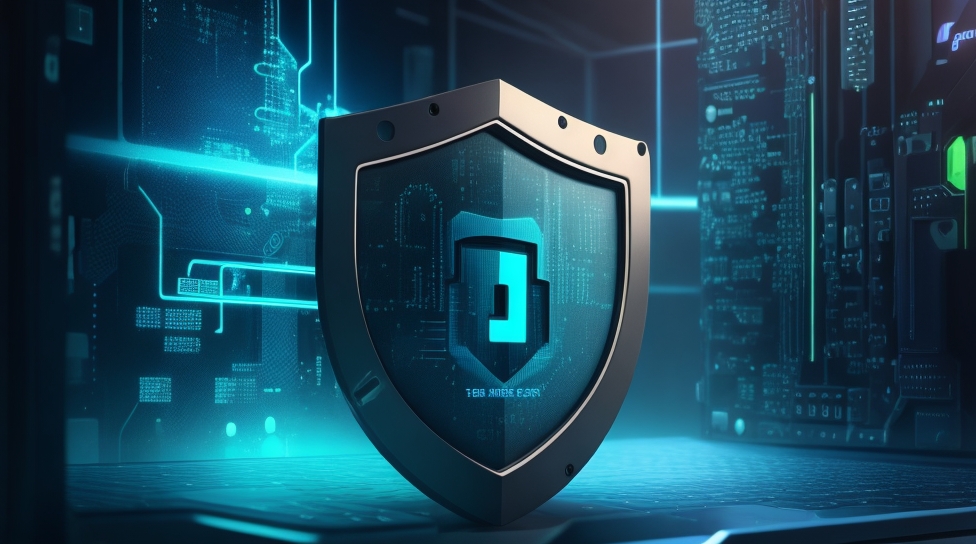In the digital age, cybersecurity has become an indispensable aspect of running an IT business. With the increasing frequency and sophistication of cyber threats, it is crucial for businesses to fortify their digital assets and data. Implementing robust cybersecurity measures is not just an option; it is a necessity to protect sensitive information, maintain customer trust, and ensure business continuity.
Understanding Cybersecurity
Cybersecurity is the practice of safeguarding computer systems, networks, and data from unauthorized access, theft, or damage. It involves a comprehensive set of tools, protocols, and strategies that work together to create a formidable defense against cyber threats. Some of the primary components of cybersecurity include encryption, firewalls, antivirus software, regular system updates, and employee training.
The Threat Landscape
Cyber threats come in various forms, such as viruses, malware, phishing attacks, ransomware, and DDoS (Distributed Denial of Service) attacks. These threats can originate from anywhere in the world, and their potential impact on an IT business can be devastating. A single successful breach can lead to data breaches, financial losses, tarnished reputation, and legal consequences.
Protective Measures
- Strong Passwords and Multi-Factor Authentication (MFA): Enforce the use of strong passwords and MFA for all systems and accounts. This adds an extra layer of security, making it significantly harder for unauthorized individuals to gain access.
- Regular Data Backups: Implement automated data backups to secure servers or cloud storage. Regular backups ensure that even if data is compromised, it can be restored from a safe point.
- Employee Training: Educate your employees about cybersecurity best practices. Human error is often a weak point in security, and well-informed employees can be the first line of defense against potential threats.
- Network Security: Secure your network with firewalls and intrusion detection systems. Regularly monitor network activity to identify and respond to any suspicious behavior.
- Software Updates: Keep all software, including operating systems and applications, up to date. Updates often include critical security patches that protect against known vulnerabilities.
In conclusion, prioritizing cybersecurity is no longer an option but a fundamental necessity for any IT business. By understanding the basics of cybersecurity and implementing protective measures, businesses can significantly reduce their risk of falling victim to cyber threats. Safeguarding sensitive data and digital assets not only protects the business but also fosters trust with customers and partners.
Remember, cyber threats are ever-evolving, and continuous vigilance is essential. Partnering with a reliable cybersecurity provider like new.globus.studio/ can further strengthen your business's defense against potential threats, allowing you to focus on what you do best: growing your IT business.

